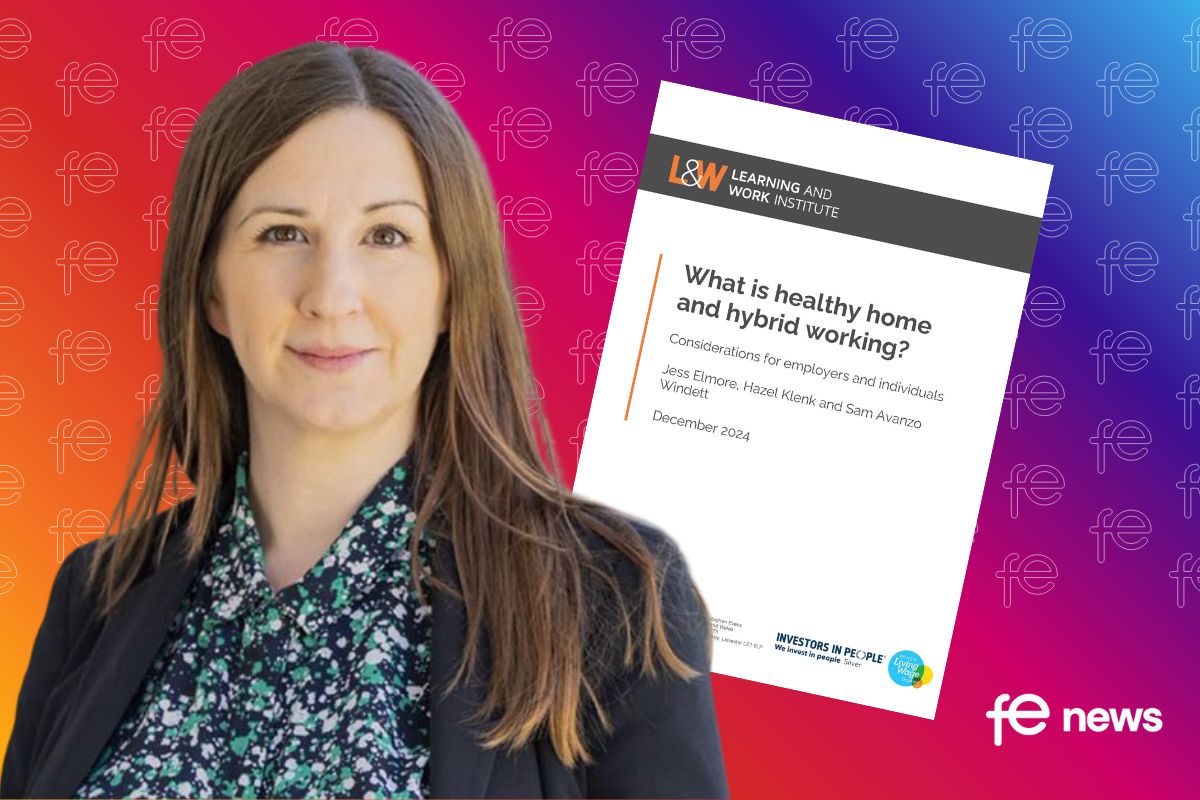Apprenticeship and levy statistics: November 2018 – Sector Response

There were 375,800 apprenticeship starts reported for the 2017/18 academic year, compared with 494,900 in 2016/17 and 509,400 in 2015/16, a decrease of 24.1 and 26.2 per cent respectively. Of these 375,800 apprenticeship starts reported in 2017/18, 43.6 per cent (163,700) were on apprenticeship standards.
Statistics covering apprenticeship starts, apprenticeship service registrations and commitments.
Commenting on these latest apprenticeship figures from the Department of Education
 Mark Dawe, CEO, AELP, said:
Mark Dawe, CEO, AELP, said:
“We want apprenticeships to grow at all levels, but major mistakes in the implementation of the levy have resulted in a serious undermining of the government’s social mobility agenda. The crash in number of opportunities for levels 2 and for young people are simply disastrous when the onus is now on us to train up our own home grown talent. Level 2 starts are now the biggest issue we face.
“The official admission that the levy pot is running dry means that a full and open debate is needed on how the levy reforms are taken forward so that businesses of all sizes, and not just the levy payers, can start restoring the lower level apprenticeships that have been lost around the country.”
 Rob Alder, Head of Business Development, AAT said:
Rob Alder, Head of Business Development, AAT said:
“While these latest figures continue to show some green shoots of recovery for apprenticeships, the overall 24% fall in starts for the 2017/18 academic year suggests there is still much to do to raise general awareness of apprenticeship schemes and how they can benefit individuals seeking to take their first steps in their career of choice.
“In a difficult climate however, there are some positive notes to take. Accounting apprenticeships, for example, are up 12% in 2017/18 compared to the previous year, with some large employers increasing their apprenticeship intake at the expense of their graduate intake.
“There are plenty of reasons therefore to be confident that apprenticeships can work, providing real support to social mobility across the UK, and can be well respected by employers and apprentices alike.”
 Apprenticeships and Skills Minister Anne Milton said:
Apprenticeships and Skills Minister Anne Milton said:
“It’s fantastic to see that the latest figures show the number of people starting on our higher quality apprenticeships has shot up by 139,100 compared to last year. This is good news and really highlights how employers up and down the country are embracing the huge benefits apprentices are bringing to their business.
“Overall the number of people starting on lower level apprenticeships accounts for almost 90% (327,600) of all apprenticeship starts. We want to make sure all these people have the chance to progress to however far they want to go.
“Our apprenticeship programme was designed specifically to be employer driven. It is employers and not government that are designing and creating the high quality apprenticeships they need to for their business. Furthermore, as long as employers are using government-approved apprenticeships which meet our high quality criteria they are free to spend their levy funds on the training programmes that best meet their needs.”
Apprenticeship starts are falling because of the Apprenticeship Levy which needs to be made more flexible, according to the Federation of Master Builders (FMB), Brian Berry, Chief Executive of the FMB, said:
“Apprenticeships are falling and the Government must take urgent action to reverse the decline. At the recent Conservative Party Conference, the Government announced much-needed reforms to the Apprenticeship Levy but these do not go far enough. From April 2019, large firms will be allowed to pass 25 per cent of Levy vouchers down through the supply chain to smaller firms but the FMB is calling for this to be increased to 100 per cent. This is an important change because in construction, it’s the smaller firms that train more than two thirds of all apprentices. Conversely, large firms don’t tend to directly employ or train tradespeople. If the Government is serious about creating three million quality apprenticeships by 2020, it must ensure the Apprenticeship Levy works for the construction industry.”
Berry concluded: “These alarming apprenticeship figures come hot on the heels of the recently published Migration Advisory Committee (MAC) report, which outlined some worrying recommendations for the UK’s post-Brexit immigration system. The Government’s initial reaction was to accept the MAC report’s recommendations. This is deeply concerning as the report suggests that the supply of ‘low-skilled’ migrant workers should be severely limited. The construction industry relies heavily on low skilled workers, such as labourers, who are essential to any construction site. What’s more, Level 2 tradespeople, such as bricklayers and carpenters, will be deemed low skilled and therefore severely limited in number. This is unwise given the construction skills shortage and insulting given the amount of knowledge and skills these individuals possess. New figures show that there were 2.25 million EU nationals working in the UK in from July to September 2018, 132,000 fewer than one year earlier – that’s the steepest fall on record. It is therefore even more vital that the Government listens to the industry and reforms the Apprenticeship Levy before it is too late. We need to be training more UK-born apprentices to reduce future reliance on migrant workers from Europe or else the construction sector will grind to a halt. We need tens of thousands more apprentices and tens of thousands of migrant construction workers – of all skill levels.”
Documents
Apprenticeship and levy statistics: November 2018 – main text
PDF, 888KB, 20 pages
This file may not be suitable for users of assistive technology. Request an accessible format.
If you use assistive technology (such as a screen reader) and need aversion of this document in a more accessible format, please email [email protected] .Please tell us what format you need. It will help us if you say what assistive technology you use.
Apprenticeship and levy statistics: November 2018 – main tables
MS Excel Spreadsheet, 110KB
This file may not be suitable for users of assistive technology. Request an accessible format.
If you use assistive technology (such as a screen reader) and need aversion of this document in a more accessible format, please email [email protected] .Please tell us what format you need. It will help us if you say what assistive technology you use.
Apprenticeship and levy statistics: November 2018 – main tables
ODS, 64KB
This file is in an OpenDocument format
This file may not be suitable for users of assistive technology. Request an accessible format.
If you use assistive technology (such as a screen reader) and need aversion of this document in a more accessible format, please email [email protected] .Please tell us what format you need. It will help us if you say what assistive technology you use.
Monthly apprenticeship starts by sector subject area, framework or standard, age, level, funding type and degree apprenticeship: November 2018
MS Excel Spreadsheet, 2.98MB
This file may not be suitable for users of assistive technology. Request an accessible format.
If you use assistive technology (such as a screen reader) and need aversion of this document in a more accessible format, please email [email protected] .Please tell us what format you need. It will help us if you say what assistive technology you use.

Annex: changes to further education statistics, including apprenticeships, in 2018
PDF, 878KB, 7 pages
This file may not be suitable for users of assistive technology. Request an accessible format.
If you use assistive technology (such as a screen reader) and need aversion of this document in a more accessible format, please email [email protected] .Please tell us what format you need. It will help us if you say what assistive technology you use.
Indicative characteristics of learners and apprenticeship starts in the public sector: May 2017 to March 2018
MS Excel Spreadsheet, 3.56MB
This file may not be suitable for users of assistive technology. Request an accessible format.
If you use assistive technology (such as a screen reader) and need aversion of this document in a more accessible format, please email [email protected] .Please tell us what format you need. It will help us if you say what assistive technology you use.
Indicative characteristics of learners and apprenticeship starts in the public sector: May 2017 to March 2018
ODS, 138KB
This file is in an OpenDocument format
This file may not be suitable for users of assistive technology. Request an accessible format.
If you use assistive technology (such as a screen reader) and need aversion of this document in a more accessible format, please email [email protected] .Please tell us what format you need. It will help us if you say what assistive technology you use.
Apprenticeship and levy statistics: November 2018 – pre-release access list
HTML
Details
This publication provides headline statistics on the use of the apprenticeship service.
The statistics include:
-
apprenticeship service account registrations (ASAs) to October 2018
-
number of commitments, where an apprentice who is expected to start an apprenticeship is recorded on the apprenticeship service (to October 2018)
Finalised monthly apprenticeship starts for the full academic year 2017 to 2018 are also reported, along with further breakdowns.
In this release we are also publishing:
- the number of apprenticeship service commitments arising through a transfer
- an estimate of expected off-the-job training hours
- public sector apprenticeship ‘indicative ratios’ held on the Individualised Learner Record
- tables and measures providing insight of the impact of apprenticeship reforms
For more further education (FE) statistics, please refer to the FE and skills statistics publication, and the FE data library.
We may adjust the content and timing of these statistics, depending on user feedback and data reporting.
Further education statistical dissemination team
Matthew Rolfe
Department for Education
2 St Paul’s Place
125 Norfolk Street
Sheffield
S1 2FJ
EmailFE[email protected]











Responses